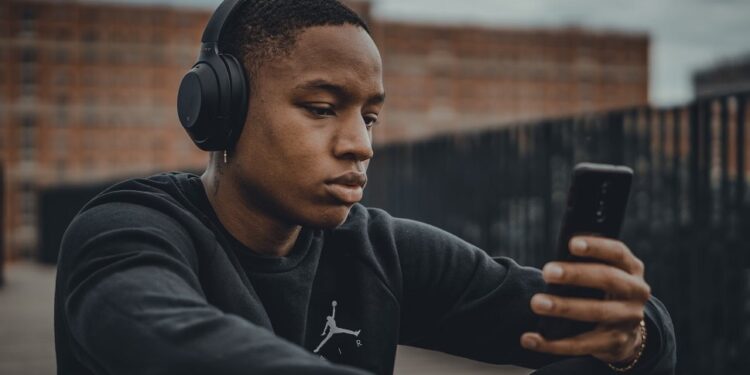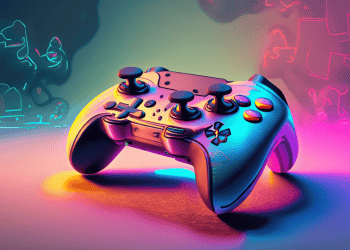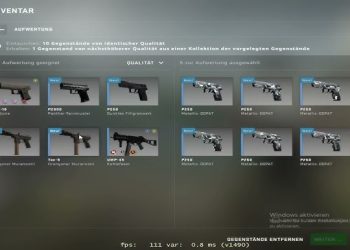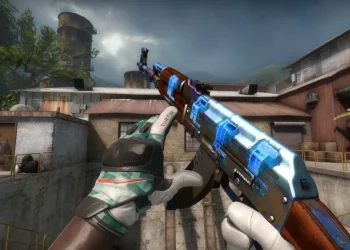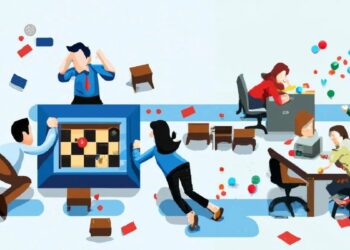Move over, Gorillaz. There’s a new animated boy band on the block, and their name is Heartsteel.
At the tail end of October, Heartsteel – a multimedia boy band from the minds of Riot Games – released their first ever single, “Paranoia”, which garnered around 5.5 million views in just 24 hours.
Now this isn’t the first music industry gambit for the popular mobile game League of Legends. Already, there have been Pentakill – responsible for a variety of metal albums – as well as hip-hop band True Damage, and K-Pop sensation K/DA.
The response to all of these “artists” has been overwhelmingly positive, with some fans on X and TikTok even creating fan accounts for each individual band member. But it does beg the question: why?
Why does a mobile game like League of Legends, which is already one of the most successful mobile releases of all time, need to put energy into alternative media outlets? What do they gain and, more importantly, what does the audience gain?
The Appeal Of Complete Immersion
First off, the fact that League of Legends is a successful mobile game is intrinsic into why a boyband like Heartsteel works. When people play RPGs, they want to immerse themselves entirely into the world of the story and characters.
Why do you think people go looking for a fantasy nickname generator rather than using their own? This is both about personalisation and depersonalisation. People want to lose themselves in the world and create a new version of themselves at the same time.
This is why, for gaming franchises like League of Legends, exploring multimedia opportunities works. It is bringing people’s alter gaming egos into other areas of media, in a way legitimizing their hobby, and making it more immersive as a result.
Just think, it doesn’t get more immersive than playing League of Legends, interacting with characters, having fun with the story, while a new Heartsteel release plays on the speakers.
The Expansion Of Creativity
In a way, this is about pairing the fantasy world with the real world that we live in. Pretty soon, fans could play a LoL game, listen to LoL music, stream an LoL movie, or read a LoL book, perhaps all at the same time. The developers have given them a world to enjoy, not just a game that is limited to one form of media.
This also helps creativity to soar behind the scenes. Going back to Heartsteel for a moment, this isn’t a band of LoL voice actors singing along to a poorly produced song with dodgy fantasy lyrics. The main vocalist is portrayed by Baekhyun, a successful K-pop singer, another member, K’Sante, by hip-hop musician Tobi Lou, Sett, by R&B musician OZI, and Kayn, hip-hop rapper Cal Scruby.
This is a collection of talented individuals, putting their own creativity into the world of League of Legends – something that would never have happened if Riot Games hadn’t spread out into other forms of media.
Most importantly, however, this all shows how ambitious the gaming industry has got. Just think, if a successful movie had been turned into a game, or transformed into a novelization, nobody would blink an eyelid. Heck, Harry Potter is not available across all forms of media – albeit some of the Harry Potter inspired bands leave a little to be desired. But for games, this is still a new concept. It demonstrates how far gaming has come.
With the future of the gaming industry projected to be worth nearly $500 billion by 2030, we can expect to see a lot more gaming franchises exploring multi-media. And we’re 100% here for it.

